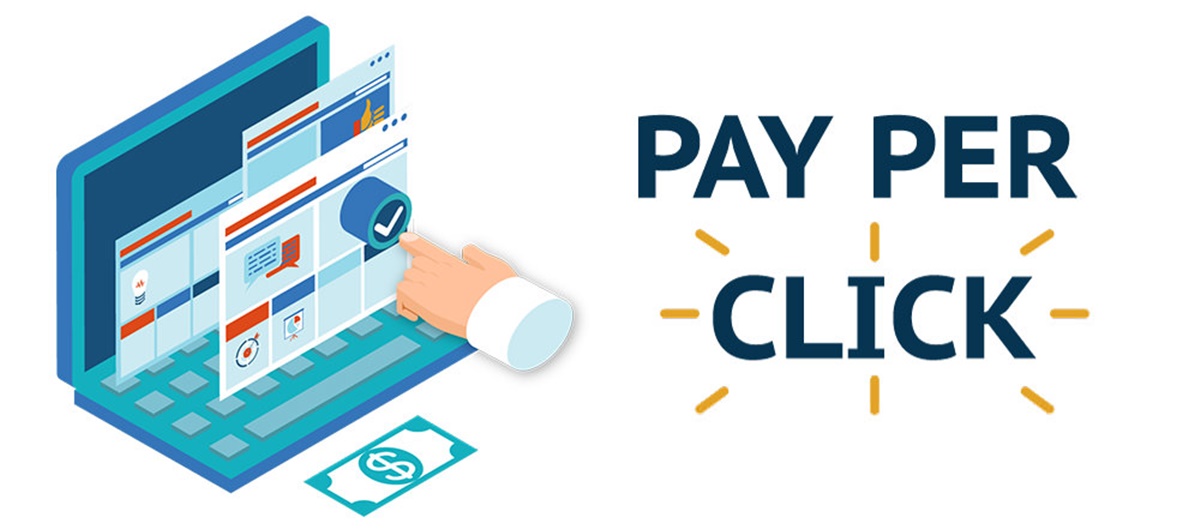
What is PPC?
Basics of PPC, also known as pay-per-click, is a type of internet marketing in which advertisers pay a fee each time one of their ads is clicked. It’s a way of buying visits to a website rather than attempting to “earn” those visits organically.
How does Basics of PPC work?
PPC operates on the concept of bidding on relevant keywords that users are likely to type into a search engine when looking for a particular product or service. If an advertiser’s bid wins and their ad is clicked, the user is directed to their website, generating potential leads and sales.
Importance of PPC in digital marketing
Basics of PPC is a crucial element of digital marketing as it enables advertisers to drive traffic to their websites, increase brand awareness, and ultimately, boost revenue. By utilizing PPC advertising, businesses can target specific audiences, optimize their marketing strategy, and achieve prominent visibility on search engine results pages.
PPC Campaign Management
Managing a Basics of PPC campaign involves several intricate steps and strategic decisions to ensure optimal performance. From setting up the campaign to monitoring its progress and making necessary adjustments, effective management is key to driving valuable results.
Creating a successful PPC campaign
When creating a successful Basics of PPC campaign, it’s crucial to conduct comprehensive keyword research to target relevant search terms that align with the business’s offerings. Crafting compelling ad copy, optimizing landing pages, and setting realistic budget and bidding strategies are also vital components. Furthermore, continuous monitoring and analysis of campaign performance help in identifying areas for improvement and refining the overall strategy for better outcomes.
PPC advertising platforms
PPC advertising platforms, such as Google Ads and Bing Ads, offer robust tools and features for creating and managing PPC campaigns. These platforms provide sophisticated targeting options, ad scheduling, budget control, and detailed performance insights, allowing advertisers to effectively reach their target audience and maximize the impact of their PPC efforts.
PPC strategies for effective results
Employing the right Basics of PPC strategies is imperative for achieving effective results. This involves identifying the most relevant keywords, leveraging ad extensions and targeting options, optimizing ad placements, and crafting compelling ad messaging. Additionally, implementing A/B testing, remarketing, and refining the campaign based on data analysis are essential for continuous improvement and achieving long-term success with PPC advertising.
Types of PPC Advertising
Basics of PPC advertising encompasses various forms of paid digital advertising across different platforms, each serving specific objectives and targeting methods. Common types include search ads, display advertising, social media PPC, and remarketing ads. These formats cater to diverse marketing goals and audience segments, offering advertisers flexibility in reaching their target demographics.
Different types of PPC ads
Search ads appear on search engine results pages based on user queries, while display ads are visual banners displayed on websites and apps within an advertising network. Social media PPC involves promoting content on social platforms, targeting users based on demographics, interests, and behaviors. Remarketing ads, on the other hand, retarget users who have previously interacted with a website or app, presenting tailored ads to re-engage them.
Choosing the right keywords for PPC
Selecting appropriate keywords is fundamental for Basics of PPC success. It involves identifying relevant search terms that align with the business’s offerings and have sufficient search volume. Keyword research tools and strategic analysis aid in determining the most impactful keywords to target, optimizing ad visibility and audience reach.
Understanding paid search and paid media
Paid search entails placing ads on search engine results pages, leveraging targeted keywords and bidding strategies to achieve prominent visibility. Conversely, paid media encompasses a broader spectrum, encompassing various paid advertising channels beyond search engines, such as social media, display networks, and video platforms. Understanding the distinctions between these strategies is pivotal for crafting comprehensive PPC campaigns.
Getting Started with PPC
Embarking on PPC advertising requires a systematic approach to effectively leverage its potential for driving business growth. Understanding the essential steps, key components, and performance measurement techniques is vital for launching successful PPC campaigns and maximizing their impact.
Steps to start with PPC advertising
The initial steps involve setting clear objectives, defining the target audience, selecting appropriate advertising platforms, and establishing a budget and timeline for the campaign. Additionally, creating compelling ad copy, crafting relevant landing pages, and implementing tracking mechanisms are essential for optimizing campaign performance and achieving desired outcomes.
Key components of a successful PPC ad
A successful PPC ad comprises captivating ad copy, relevant keywords, compelling calls-to-action, and optimized landing pages. Adherence to best practices for ad design, messaging, and audience targeting is imperative for maximizing ad relevance and driving engagement and conversions.






